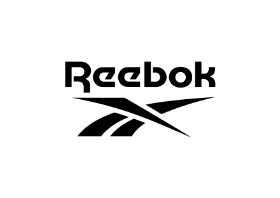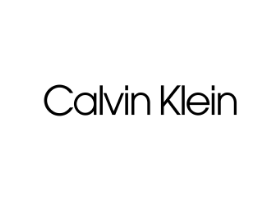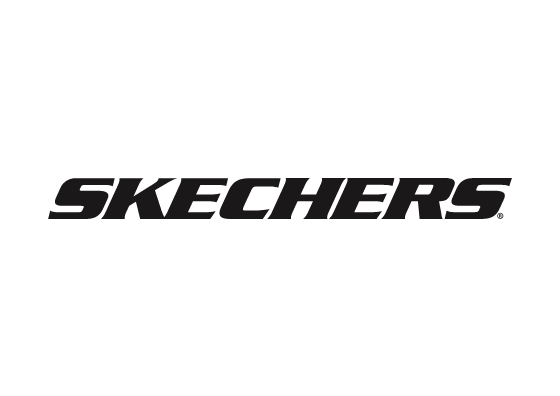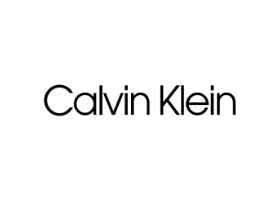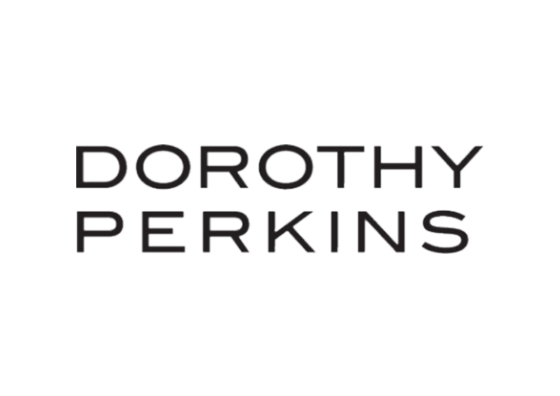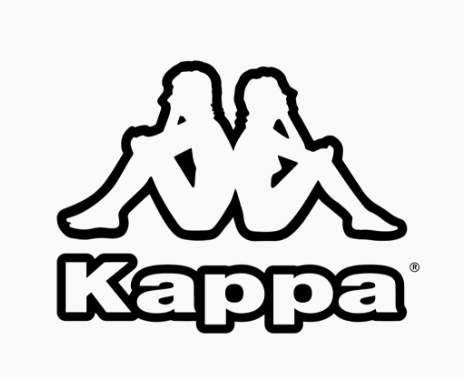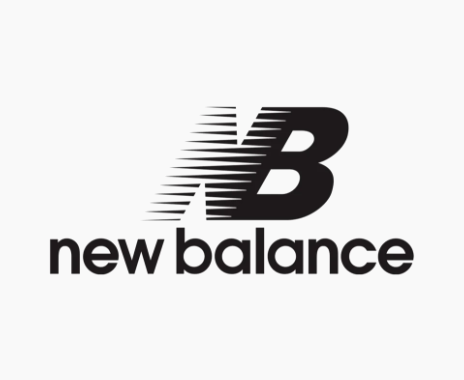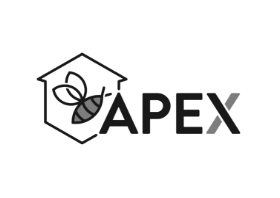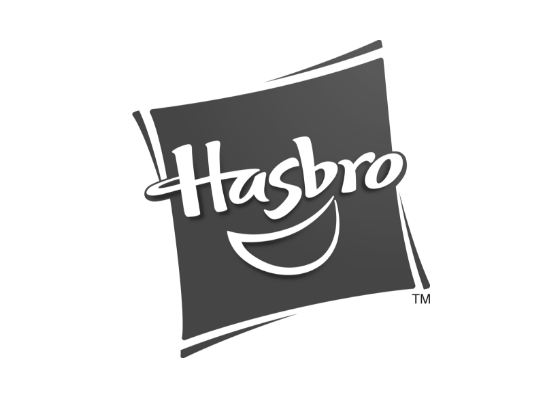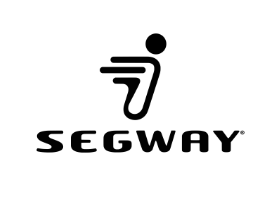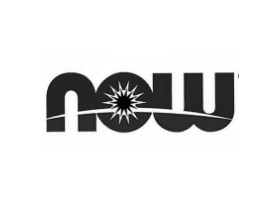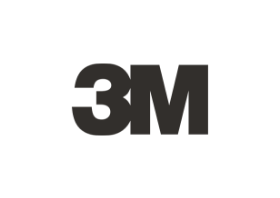Academic Press Crew Resource Management
Now:
AED 654.00 Inclusive of VAT
 Free Delivery
Free Delivery
Get it by 8 - 13 March

Earn AED 32.70 cashback with the Mashreq noon Credit Card. Apply now




1
Free delivery on Lockers & Pickup Points
Learn more
Enjoy hassle free returns with this offer.
Specifications
| Publisher | Academic Press |
| ISBN 13 | 9780123749468 |
| ISBN 10 | 0123749468 |
| Author | Barbara G. Kanki |
| Book Format | Paperback |
| Language | English |
| Book Description | Crew Resource Management, Second Edition continues to focus on CRM in the cockpit, but also emphasizes that the concepts and training applications provide generic guidance and lessons learned for a wide variety of "crews" in the aviation sy |
| About the Author | Dr. Barbara Kanki served as a Research Scientist at the National Aeronautics and Space Administration (NASA), Ames Research Center (Moffett Field, California) in the Human Systems Integration Division. Over her tenure of more than 25 years, she conducted human performance research in support of NASA Aviation Safety Programs, Human Factors and Performance for Space Safety, and a variety of Human Factors programs for the Federal Aviation Administration (FAA). In a consulting role she worked with other high risk industries such as the medical and nuclear power fields. Dr. Kanki’s research activities have ranged across human factors topics such as crew communication and coordination, organizational factors, information and workload management for aviation operations including flight crews, ground control, and technical operations. Her research interests include human-centered procedure and document design, integration and training for new technologies as well as safety topics such as voluntary reporting and event investigation. She has supported the space side of NASA in human and socio-technical risk factors, team training, and procedure design primarily for the space shuttle program at Kennedy Space Center and has participated on NASA mishap boards, safety assessments and National Transportation Safety Board human performance investigations. After retiring from NASA in 2014, Dr. Kanki continues to contribute to NASA projects and FAA/industry groups, and is the current chair of the Human Performance working group of the International Association for the Advancement of Space Safety. Dr. Kanki received her doctorate in Behavioral Sciences from the University of Chicago, where she specialized in the areas of communication and group dynamics. She continues to author, edit, and review books, journals, and papers on human factors topics.Joey Anca is the Human Risk Manager for Metro Trains Melbourne in Australia. Joey has a long career in aviation, having pioneered with Bob Helmreich the Cockpit Management Attitudes Questionnaire (CMAQ), when the known universe was grappling with the new-found pill of Crew Resource Management (CRM). Bob (the NASA/UT team, Joey and other aviation earthlings) took off into other safety-critical domains. Joey is a proud Filipino who has worked in a number of airlines and railways in Australasia. He lives in Melbourne, Australia and teaches Threat and Error Management (TEM) at Swinburne University of Technology. His day-job is keeping the railways in Melbourne safe.Robert L. Helmreich is professor of psychology at the University of Texas at Austin. He received his Ph.D. in personality and social psychology from Yale University in 1966. He has conducted research on group processes and performance sponsored by NASA, the Office of Naval Research, and the FAA, as well as research on personality and motivation sponsored by the National Science Foundation and the National Institute of Mental Health. He is a fellow of the American Psychological Association and the American Psychological Society and former editor of the Journal of Personality and Social Psychology. He was chair of an FAA working group to develop the National Plan for Aviation Human Factors. He is a member of the National Academy of Sciences Committee on Space Biology and Medicine and Committee on Human Factors. He is Director of the NASA/University of Texas/FAA Aerospace Crew Performance Project investigating issues in crew selection, training, and performance evaluation in both aviation and space environments. |
| Publication Date | 26 March 2010 |
| Number of Pages | 536 pages |
Academic Press Crew Resource Management
Added to cart
Cart Total AED 654.00














